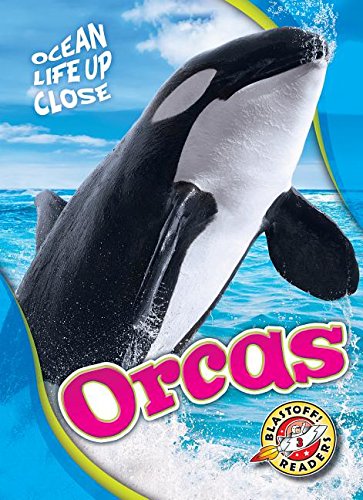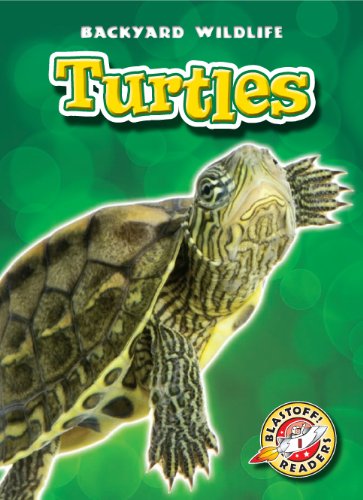-
Baboons
Megan Borgert-Spaniol
Library Binding (Blastoff Reader, Aug. 1, 2012)Nothing says "bonding" like picking bloodsucking pests from your neighbor's fur. Baboons of the same troop develop strong relationships this way, often beginning and ending each day with a grooming session that can last hours. Learn what baboons are up to the rest of the day in this introductory title. H
H
-
Monster Cars
Nick Gordon
Library Binding (Blastoff Reader, Aug. 1, 2013)"Developed by literacy experts for students in kindergarten through grade three, this book introduces extreme cars to young readers through leveled text and related photos"--Provided by publisher. H
H
-
Orcas
Heather Adamson
Library Binding (Bellwether Media, Aug. 1, 2017)Every orca pod has its very own theme song! Musical elements include whistles, clicks, and pops. Singing is the orca way of communicating, navigating, and hunting. This read offers young children the chance to get in tune with the worlds largest dolphin species. K
K
-
Turtles
Emily Green
Library Binding (Bellwether Media, Aug. 8, 2010)Did you know that some turtles live to be over 100 years old? Some live in the ocean, others on land, and some live both in water and on land! Young readers will discover what turtles eat, where they live, and how their shells and other physical features help them survive in the wild. S
S
-
Beetles
Colleen Sexton
Paperback (Blastoff! Readers, Jan. 1, 2008)With estimates between 5 and 8 million, beetles have more species than any other insect. Beetles can live in almost all habitats, using their strong jaws, legs, and other body parts to find food and defend themselves from predators. Eager readers will discover beetles of all shapes, sizes, habits, and colors! G
G
-
Hippopotamuses
Kari Schuetz
Library Binding (Bellwether Media, Aug. 1, 2011)Hippopotamuses spend much of their time in the water. It is the only way they can keep their huge bodies cool because they do not sweat! In this book, children will be surprised as they discover many cool facts about how hippopotamuses eat, move, and more. I
I
-
Sea Otters
Nathan Sommer
Library Binding (Bellwether Media, Jan. 1, 2018)Sea otters have the thickest fur of any mammal in the world! It is so thick and compact that their skin never gets wet. Dense fur is essential for sea otters as they swim through frigid waters. This childrens title tells how the smallest ocean mammal survives at sea. Visuals of related animals teach about animal group classification. Zoomed-in photo bubbles with labels identify key body parts up close. Species spotlights offer range maps and conservation status bars. Size comparison diagrams use scale and comparison to show size. Prey and predator boxes provide specific food chain information. Speed meters show how slow or fast an ocean animal moves. Table of contents, glossary, index are also included. J
J
-
Angelfish
Nathan Sommer
Library Binding (Bellwether Media, Jan. 1, 2018)Just because they live in water doesnt mean sea creatures dont need a good cleaning. Luckily, the angelfish is perfect for the job! These helpful fish rid their neighbors of pesky parasites. Its like a swim-by cleaning service! Young readers will marvel over this colorful title about angelfish. Visuals of related animals teach about animal group classification. Zoomed-in photo bubbles with labels identify key body parts up close. Species spotlights offer range maps and conservation status bars. Size comparison diagrams use scale and comparison to show size. Prey and predator boxes provide specific food chain information. Speed meters show how slow or fast an ocean animal moves. Table of contents, glossary, index are also included. U
U
-
Puffer Fish
Rebecca Pettiford
Library Binding (Blastoff Reader, Jan. 1, 2017)"Simple text and full-color photography introduce beginning readers to puffer fish. Developed by literacy experts for students in kindergarten through third grade"-- G
G


